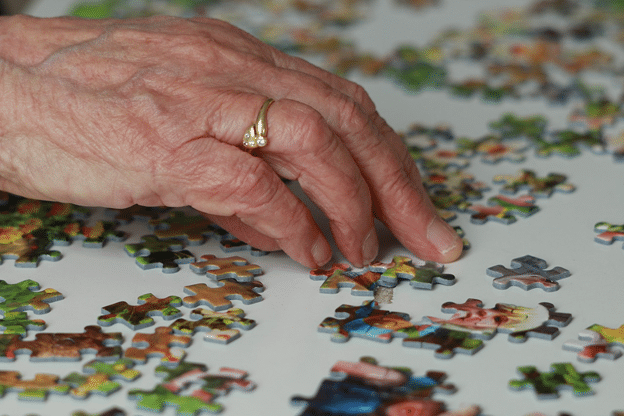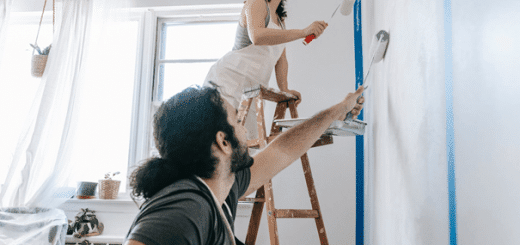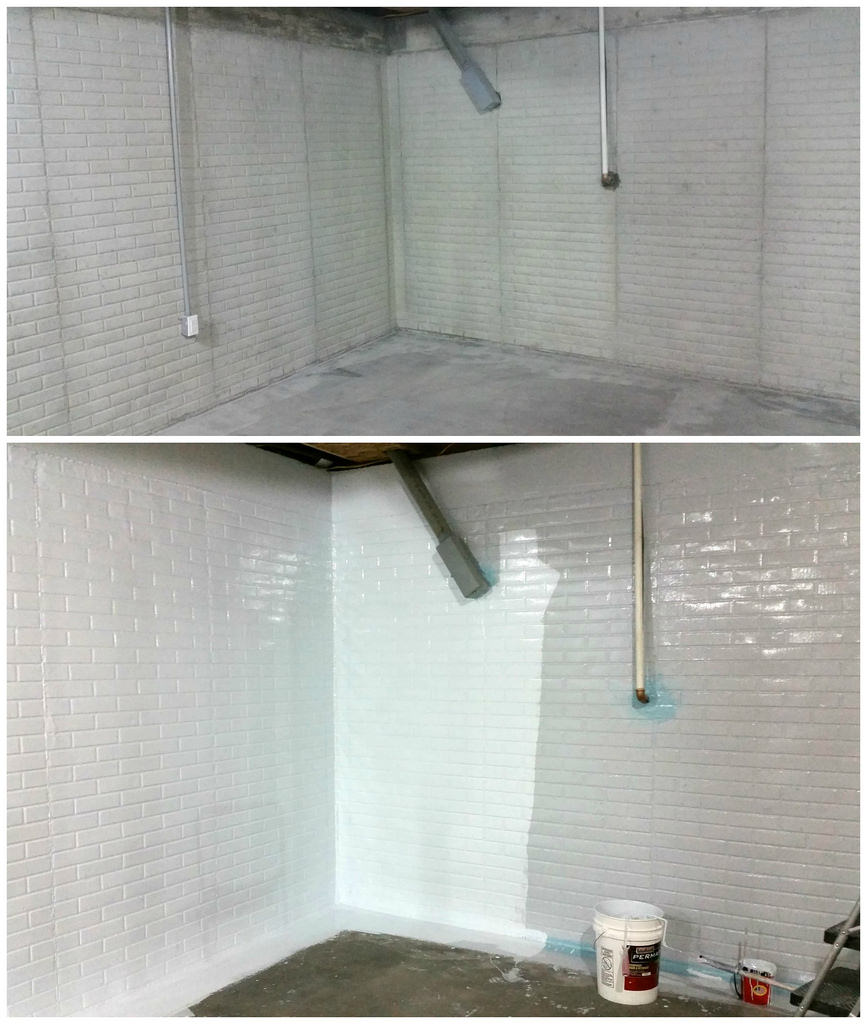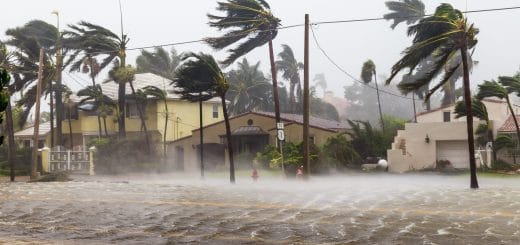How to Make a Home Safe and Comfortable for Seniors
They have been there for you your entire life. Now it’s time to return the favor. It might not always be easy to acknowledge that your parents are getting older and that their needs are changing, but that’s the reality millions of adult children are facing today. And our aging parents aren’t the only ones who need tending to. Even if your own parents continue to be independent and healthy, odds are there are at least one or two seniors in your life, an aging friend or relative, who could use a bit of extra support.
That means it is likely high time to take a good, hard look at your loved ones’ living environment to ensure their home is still meeting their needs. When you do, the chances are good that you are going to find problem areas that you never recognized before, areas that, once, might not have been a concern but that may pose a serious risk to seniors.
This article provides tips and tricks for assessing the safety of the homes of your aging loved ones. It also gives you strategies for helping to make their digs not only safer, but also more comfortable and convenient.
Beware of Fire Hazards
One of the most important things you can do to ensure seniors are safe in their homes is to monitor for potential fire hazards. After all, if they’re faced with mobility issues. It may be difficult for them to evacuate quickly. So your best strategy by far is to identify any potential fire risks and take care of them immediately.
An ideal place to start is with a check of the home’s electrical system, giving the home’s wiring a general upgrade, particularly if the home is an older one. It’s also important to inspect any electrical cords and outlets. You may also need to remove potential fire sources, such as candles and space heaters, and to install fire alarms equipped not only with sound but also with flashing lights. This is especially important for seniors with hearing challenges.
Additionally, it’s imperative to ensure your loved ones have an easy escape route and have practiced evacuating the home if need be. If the home has multiple stories, it’s best to move their bedroom to the ground floor to make it easier for them to get out in the event of a fire. Likewise, ensuring that your elderly loved ones have quick and easy access to mobility aids, such as canes, walkers, and wheelchairs, from any room can help them make a rapid escape if needed.
Seniors with cognitive diseases or physical limitations are often more vulnerable to in-home hazards. If your senior loved one has physical or cognitive impairments such as Alzheimer’s disease or dementia, consider hiring an in-home caregiver from a home care agency to ensure they are safe in case of an emergency.
Reducing the Risk of Falls
Falls are among the most common, and most dangerous, threats seniors face. Protecting them, then, means reducing the risk of falls in the home. Again, if the house has multiple stories, it’s best to encourage your senior to spend most, if not all, of their time on the ground floor, as stairs are a particularly significant fall hazard. This may require you to install a handicapped-accessible bathroom downstairs, but the safety benefits will be well worth the time, effort, and money you invest in doing so.
If it turns out not to be possible to retrofit your loved ones’ home for ground floor living, then you’ll need to pay particular attention to the stairs in the home. You’ll want to make sure that the stairs are well lit at both the top and the bottom, and that there are sturdy, easy-to-grip handrails on both sides of the staircase. You’ll also want to ensure that each step is solid and non-slippery. If the stairs are not carpeted, then installing traction strips can help significantly reduce the risk of falls. You could also mitigateTo mitigate is to reduce or limit the severity of damage, ri... More issues by installing a stairlift. While they are often used for comedic effect in the media, they can help reduce accidents.
Tricking Out the Bathroom
As important as they are, bathrooms are also among the most difficult and dangerous areas of the home for many seniors. So when you’re looking to make a home safer and more comfortable for seniors, the bathroom may well be where you should focus your greatest efforts.
The risk of falling in the bathroom, of course, is particularly great, so the first order of business is to outfit the space with condensation-proof appliances, slip-resistant floors, and surfaces, and reinforced walls supporting multiple, easy-to-reach grab bars. Replacing your bathtub or step-in shower with a walk-in shower equipped with a padded shower bench and non-skid shower floor will make it much easier for your loved ones to maintain their daily hygiene. Likewise, elevated toilets with grab bars can help your parents feel more secure while maintaining their independence for as long as possible.
A Cozy Retreat
As important as safety is, though, it’s also imperative that home be a comfortable and welcoming place for the seniors you love. It may be difficult for them to adjust to the idea that they now need an accessible bathroom or a ground floor bedroom, for example. But taking pains to outfit the home with a cozy personal style perfectly suited to your loved ones’ taste can ensure that these changes still feel like home.
If your senior has had to make the transition from sleeping in a traditional flatbed to using a hospital bed, you can help make their sleep space feel more inviting by creating a custom headboard from their favorite finishes.
You can install voice-activated technology to enable your loved ones to control the lights, the temperature, and their entertainment devices without even leaving their chairs. Best of all, if your parent is facing challenges with memory or cognition, these smart technologies can provide important reminders and alerts, while enabling you to keep watch and stay connected through secure remote calling and monitoringMonitoring is the ongoing observation and measurement of con... More.
The Takeaway
It’s not easy to watch your loved ones face the aging process. It’s hard to acknowledge that the seniors you love aren’t as strong and healthy as they once were. But just because your parents are getting older doesn’t mean they can’t have a safe and comfortable home. The key is to begin by tackling the most significant home hazards for seniors, including reducing the risks of falls and fires. It also means outfitting the space, particularly the bathroom, for ease-of-use. Above all, it means folding in those thoughtful finishing touches that make a safer house feel like an inviting home.













